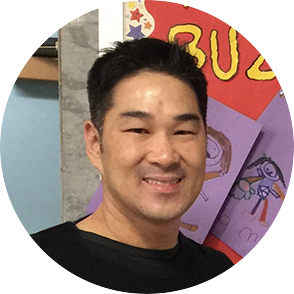What Do You Do with a Picture Book Idea?
Do you have a picture book idea that you’re not quite sure what to do with? Whether you’ve never written a picture book or have been writing them for years, you start over with each new idea.
Don’t Be Too Precious with Your Idea
The important thing is to get your idea out of your head and onto paper or your computer so that you can look at it. There isn’t a right or a wrong way to do this. You might come at it by brainstorming, or sketching a character, or writing an awful first draft. You might plot out your characters, setting, story problem, inciting incident, escalation, and resolution, then take a nice, long walk. I’ve wished many times that plotting stories worked for me, but it doesn’t. Taking walks and writing awful drafts works for me.
Don’t waste your time worrying if you’re good enough to turn your idea into a story. Neil Gaiman addresses imposter syndrome in the following video.
I also love the following quote: “When you start off on a career in the arts, you have no idea what you’re doing. This is great! People who know what they’re doing know the rules, and they know what is possible, and what is impossible. You do not! And you should not!” The whole speech is awesome.
Once you have a first draft or a picture book dummy, you can see your story to figure it out better. So, let’s talk about a variety of ways to turn your idea into a story. My hope is that one of them will appeal to you.
1. Sketching It Out
Do you see your story as a sequence of pictures? Draw those pictures! You can fill in the words later. If you have pictures, you might not need many words. And you’ll be able to use these stories in your dummy. As you can see, I just cut pictures out of my sketchbook and tape or glue them right in my dummy. It helps me visualize the story.

2. Asking How It Makes You Feel
In the following Submission Ready video, Melissa Manlove suggests that you sit with the idea and ask how it makes you feel. Does it make you feel quiet or bouncy? Get into the mood of the story and write words that go with it. And Ariel Richardson says that changing your writing environment can also help you find the mood.
3. Taking the Path of Least Resistance
Ariel also suggested taking the path of least resistance in the beginning. You’re going to know which strengths in your background are pulling you toward picture books better than anyone else. For Vanessa Brantley-Newton, she had a background in singing, so she started out writing in rhyme. Do whatever you need to do to get your idea on paper. You can always revise it or start over.
4. Mapping Your Story
Are you someone who likes to plot out your stories? Arree Chung teaches Story Mapping as a way to explore story options before committing to a first draft or dummy. I’ve found that it helps to use a really BIG piece of paper. I’m not a plotter, but I find story mapping useful when revising.

5. Diving Right In
I let an idea percolate in my brain for a bit, and then I just write that first draft. If you’re not sure how to go about this, I wrote a post called, “How to Write a Picture Book.” It will give you a step-by-step roadmap from idea to revised picture book.
Thanks for reading! If you have any questions, please drop them in the comments, and I’ll do my best to answer them.
Blog Contributors

Myrna Foster writes and edits content for Storyteller Academy and the WriteRiders Newsletter for SCBWI Nevada. She has spent a lot of time teaching and coaching children, including five years as a preschool teacher. She's also worked as a journalist, and Highlights High Five has published six of her poems.

Arree Chung is an author/illustrator and the founder of Storyteller Academy. Arree’s Ninja! series has received starred reviews from Kirkus and School Library Journal. Kirkus also gave a starred review to Mixed, which recently won the FCGB award.
Today Arree lives a creative life, making stories for children. Arree spends most of his time making picture books, writing middle grade novels, and sharing his love for art, design, and storytelling with kids and dreamers everywhere.
